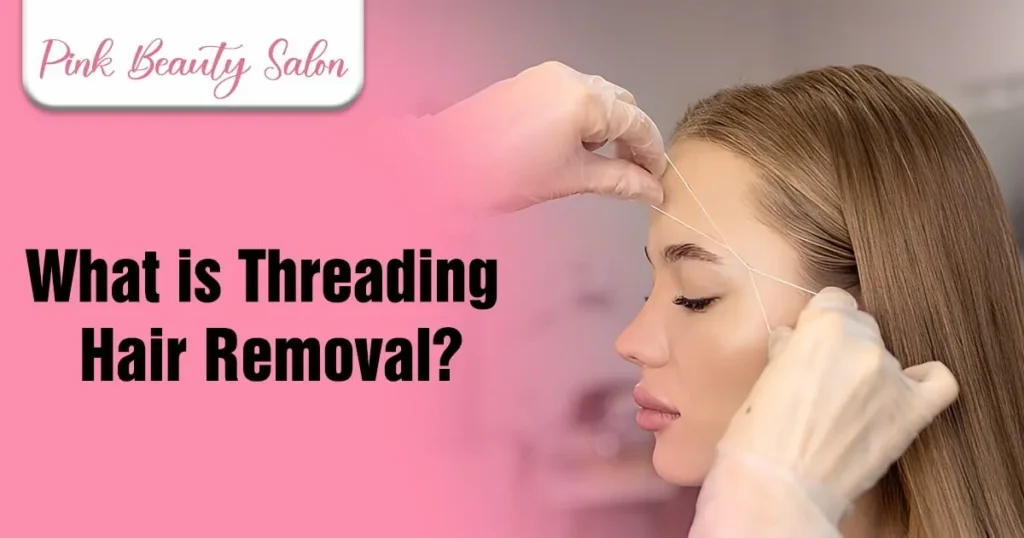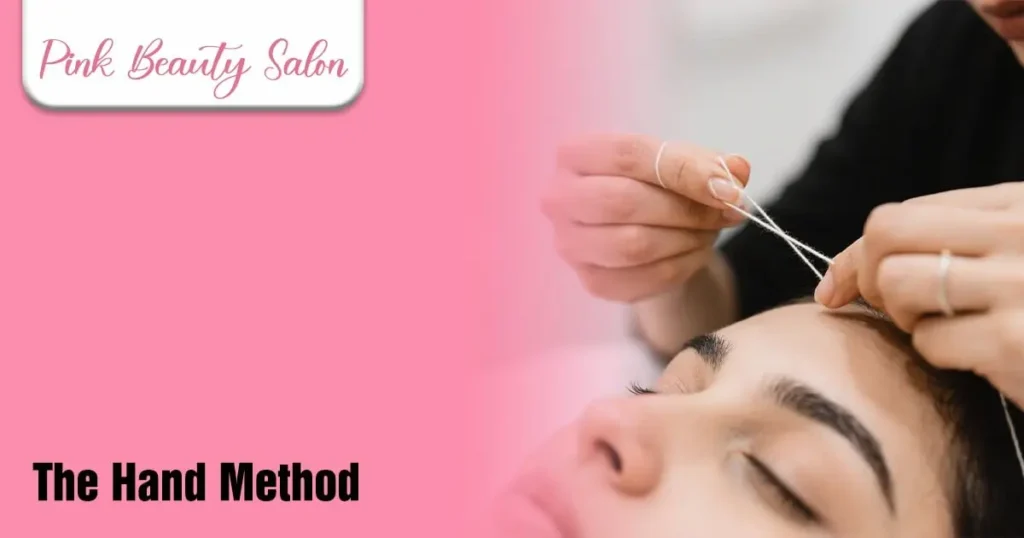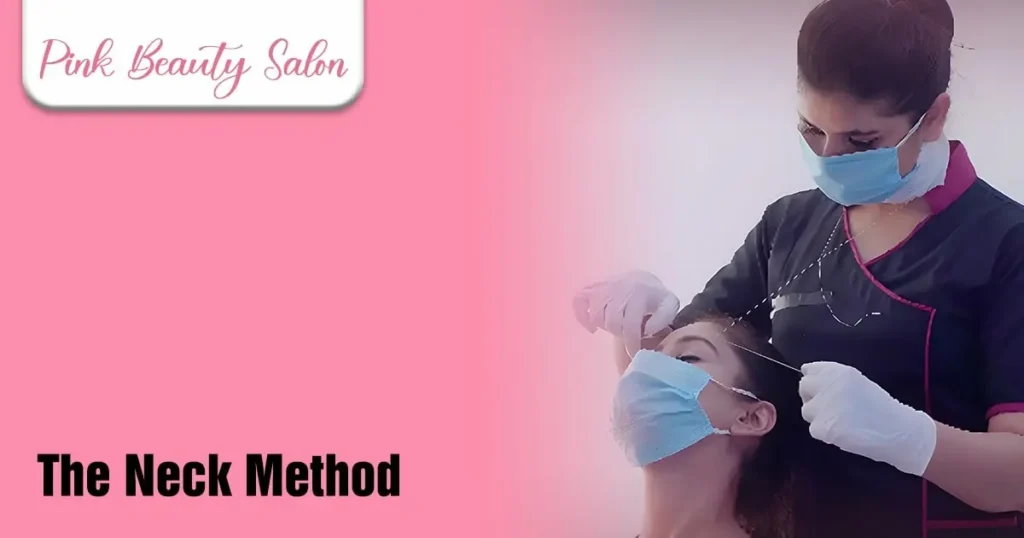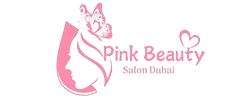Published On: 22 June 2025
Threading is a traditional hair removal technique that uses a simple cotton thread to remove unwanted hair from the root, especially on the face and eyebrows. It is a natural, chemical-free method preferred for its precision and gentle effect on the skin.
In this article, we will discuss what threading is, its rich history, and the most common threading techniques people use for hair removal. We will also explain the advantages, disadvantages, and essential aftercare tips to ensure the best results from threading.

What Is Hair Threading?
Hair threading is a traditional technique of removing unwanted hair. Threading operates through mechanical precision.
A trained practitioner twists and rolls a looped cotton thread across the skin, trapping hairs in the coils and pulling them out from the follicle. This technique removes several hairs at once with minimal contact with the skin, which helps reduce irritation.
A study demonstrated that facial threading significantly improved skin texture and reduced surface roughness, likely due to the removal of fine vellus hairs and mild exfoliation.
However, outcomes depend on practitioner skill and hygiene practices. Improper technique or poor sanitation has been linked to irritation, folliculitis, or infection in documented cases.
That’s why choosing the best home threading service is always recommended to ensure safety, hygiene, and satisfying results.
Threading History: Overview
Threading is an ancient hair removal method known as Khite in Arabic and Fatlah in Egyptian, with roots in South Asia, the Middle East, and East Asia.
It was not just for grooming but also part of cultural rituals, especially for brides or young women entering adulthood. Its precise technique made it ideal for facial hair, particularly eyebrows.
Threading became popular in the West in the late 20th century due to cultural exchange and demand for natural, chemical-free methods. Today, it’s valued worldwide for being safe, effective, and affordable.
The Technique of Threading
There are three primary threading techniques, each offering distinct advantages and limitations depending on the practitioner’s skill, setting, and client preference:
1. The Hand Method:

The hand method is a threading technique in which the thread is completely controlled using both hands to remove hair. In this method, the thread is moved only with the hands, without taking any support from the mouth or neck.
This is considered the best threading technique because there is no chance of the thread coming into contact with saliva from the mouth, completely eliminating any risk of bacterial transfer through the thread. It also serves as an accessible starting point for beginners, allowing focus on hand coordination and control.
However, maintaining consistent tension and precise control requires significant finger dexterity and strength, potentially slowing the process.
2. The Mouth Method:

The mouth method is a threading technique in which one end of the thread is held tightly between the teeth while the other end is controlled by the hands to remove hair.
In this method, the mouth helps keep the thread tight and stable, making the movement of the thread smooth and allowing for precise shaping, especially for eyebrows.
This technique is popular because it gives better control and speed. However, its main drawback is hygiene, as saliva contact can raise contamination risks, and holding the thread in the mouth may also cause jaw strain or discomfort.
3. The Neck Method:

The neck method is a threading technique in which one end of the thread is wrapped around the practitioner’s neck while both hands are used to control the thread and remove hair.
This method allows steady tension and frees both hands for smoother movement during the process. Like the hand method, it is hygienic because there is no mouth contact, reducing contamination risks. It also provides ease in manipulation as both hands remain free.
However, maintaining consistent tension can be slightly difficult, and prolonged use may cause neck strain or discomfort due to posture and repetitive motion.
How to Do Threading
Threading is a simple yet powerful technique to remove facial hair using just a cotton thread. It’s natural, precise, and ideal for sensitive skin. Curious how it works or want to try it yourself? Don’t miss our threading steps—learn the full process with expert tips.
Benefits of Threading
1. Delivers High Precision
When it comes to precise hair removal, threading stands out as a highly effective method. It offers excellent control, allowing the practitioner to remove even a single hair at a time. This level of accuracy helps create clean, well-defined shapes and makes threading ideal for detailed work on various facial areas.
According to a study, threading involves the rapid rotation of a twisted loop of thread across the skin, enabling the removal of individual or multiple hairs with great precision, making it a preferred method for facial hair grooming and shaping.
2. Safe for Sensitive Skin
Threading is a gentle method because it does not touch the skin. It doesn’t rely on synthetic waxes, adhesives, or hot products, which are common sources of irritation in other hair removal methods.
It only pulls the hair out using a cotton thread, which means there’s less chance of chemical burning. As highlighted by Mira Skylark, threading is described as gentle on the skin due to its natural approach, making it an ideal choice for those who experience irritation or allergic reactions from traditional techniques.
3. Avoids Heat and Chemicals
Threading does not involve hot wax or any chemical products, which eliminates the risk of skin irritation and discoloration.
According to a report, most hair removal methods and creams contain chemicals, such as potassium and calcium hydroxide, that can cause skin irritation and discoloration. In threading, no such chemicals are used; only a cotton thread is involved. This makes threading a technique that avoids the use of heat and chemicals.
4. Provides Longer-Lasting Results
Because threading removes hair directly from the follicle, the results typically last longer than surface-level hair removal methods like shaving or depilatory creams.
Hairs need to regrow from the root, which takes more time. Many individuals report that with consistent threading, hair regrowth becomes finer, softer, and thinner over time, potentially leading to less frequent appointments.
According to Sarita Sharma, threading eliminates hair by the follicle and “recurrence visits after three to four weeks are normal,” making it a reliable long-term hair removal method.
5. Promotes Eco-Friendly Practices
Threading relies solely on a simple cotton thread, avoiding the use of wax, plastic strips, or chemical-laden products. This makes it one of the most sustainable hair removal options available.
As highlighted by EcoVoice, most wax used in salons ends up in landfills and can take years to break down, especially when derived from petrochemicals. Threading produces no such waste, offering an environmentally friendly choice for conscious beauty routines.
Drawbacks of Threading
1.Requires a Skilled Technician
Threading is a technique that demands a high level of precision, coordination, and practice. Research indicates that if performed by an untrained or inexperienced technician, it may lead to issues such as uneven hair removal, hair breakage, or even ingrown hairs.
Poor technique can also lead to unnecessary pain and other complications, highlighting the importance of choosing a trained and experienced professional for safe and effective results.
2. Slower Than Other Hair Removal Methods
Threading removes hair in small sections or individually, which makes the process slower compared to methods like waxing that eliminate larger patches in one motion.
While threading provides excellent precision, its time-consuming nature may be less practical in settings where speed is a priority, especially for removing dense or widespread facial hair.
3. Risk of Ingrown Hairs
Threading removes hair from the root, but when performed improperly, especially on coarse or curved hairs, it can twist or snap the shaft instead of extracting it cleanly.
This disruption in the hair’s natural growth path may cause regrowth at abnormal angles beneath the skin, contributing to ingrown hairs.
4. Not Suitable for Large Areas
Threading is ideal for small, defined areas like the face, including the eyebrow, upper lips, forehead, and chin. However, it is inefficient for large body areas such as arms, legs, or the back due to the labor-intensive nature of the technique.
While threading offers precision, it lacks the scalability required for full-body treatments.
5. Risk of Infection if Hygiene Is Poor
Threading tools (mainly the thread itself) must be clean and single-use to avoid transferring bacteria or viruses between clients. If proper hygiene is not maintained, there is a risk of transmitting skin infections, including molluscum contagiosum ( MC )—a viral skin condition.
A research article states that possible sources of MC infection during threading include the beautician’s hands, the cotton thread, and any unsterilized tools used in the process. This report serves as a cautionary reminder for both the public and professionals to recognize the dermatological risks associated with poor hygiene during threading procedures.
Threading Aftercare
Proper threading aftercare is essential to soothe the skin and prevent irritation after threading. While threading is gentler than waxing, it still involves removing hair from the follicle, which can temporarily leave the skin sensitive, red, or slightly inflamed.
Following the right post-threading routine helps minimize side effects and supports smooth, healthy skin.
1. Soothe With Aloe Vera or Cold Compress
Immediately after threading, apply a thin layer of pure aloe vera gel or use a cold compress to reduce redness and calm the skin. Aloe vera contains anti-inflammatory compounds like aloin that aid in healing and soothing sensitive areas.
Research has shown that Aloe Vera contains bioactive compounds—especially polysaccharides—that exhibit strong anti-inflammatory, analgesic, and healing properties, supporting its traditional use for calming irritated or inflamed skin.
2. Avoid Touching the Treated Area
After doing threading, avoid touching the treated skin, as your hands may transfer bacteria that can cause breakouts, irritation, or folliculitis as demonstrated in a study.
This is especially important if the skin is sensitive, red, or slightly broken, as it’s more vulnerable to infection during this time.
3. Avoid Makeup and Skincare Products
Avoid applying makeup, serums, or fragranced skincare products to the treated area for at least 24 hours. Harsh ingredients or chemicals in cosmetics can clog open pores and cause irritation or breakouts.
Using strong skincare products like retinoids, chemical exfoliants, or alcohol-based toners before threading can make the skin more sensitive and increase the risk of pain, redness, and irritation.
According to Research, retinoids are associated with what’s known as a “retinoid reaction,” characterized by burning sensation, erythema, and peeling at the site of application. When the skin is already compromised, even minor hair removal can feel more intense.
4. Stay Out of the Sun
Avoid direct sun exposure for at least 24 hours after threading, as freshly threaded skin is more sensitive and prone to UV damage. If going outside is necessary, protect the area with a gentle, non-comedogenic sunscreen of SPF 30 or higher to prevent irritation, pigmentation, or sunburn.
5. Avoid Heat, Sweat, and Exfoliation
Refrain from using saunas, hot showers, or performing strenuous workouts that cause excessive sweating. Open pores and sweat increase the risk of infection and clogged follicles. Also avoid exfoliating products for at least 24 hours.
6. Moisturize with Fragrance-Free Products
Hydrate the skin with a light, fragrance-free moisturizer to help it recover and prevent dryness. Choose a product that is labeled “non-comedogenic” to avoid clogging pores. Proper hydration promotes faster healing and helps minimize redness and irritation that often follow threading.
It’s best to use a fragrance-free moisturizer, as scented products can irritate sensitive skin and delay recovery. Study states that dermatologists strongly recommend fragrance‑free moisturizers post hair removal or facial treatments because added fragrances are common irritants that can exacerbate redness and delay skin recovery.
Regularly applying moisturizer keeps the skin soft, soothes discomfort, and supports the healing process after threading.
7. Watch for Reactions
While rare, some individuals may experience minor bumps, redness, or ingrown hairs after threading. If irritation persists for more than 48 hours, consult a dermatologist. A mild hydrocortisone cream or over-the-counter soothing gel may be used under professional guidance.
According to Dr. Davin Lim, hydrocortisone effectively reduces inflammation, redness, itching, and swelling, making it suitable for managing post-threading irritation when used appropriately.
Conclusion
In conclusion, threading remains one of the most trusted and widely practiced hair removal methods worldwide due to its simplicity, affordability, and skin-friendly nature.
Its rich cultural history, combined with the ability to offer precise shaping without the use of chemicals or heat, makes it a preferred choice for many.
Whether performed using the hand, mouth, or neck method, each technique offers unique benefits and considerations. With proper technique and aftercare, threading ensures smooth, well-shaped results while maintaining the health and comfort of the skin.

